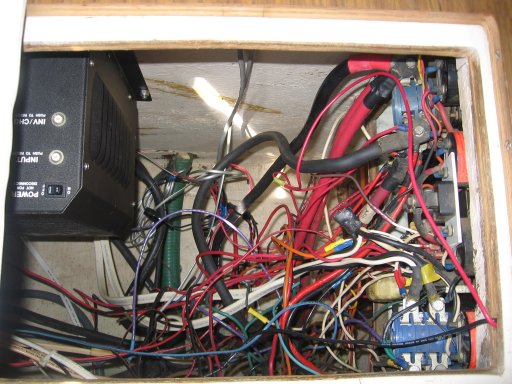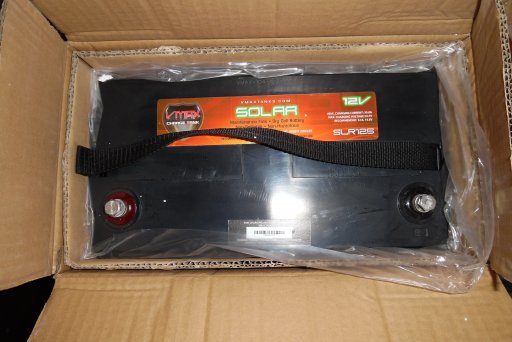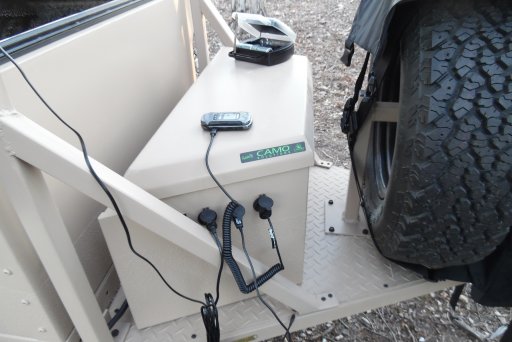
Advocate III
Look into Andersen connectors for the hookup from trailer to truck, if you haven't already. Makes it so much easier. Also, most fridge/freezers have built-in battery protection that sense low battery level and cut back on power consumption. I kept thinking, with my ARB 50, that I needed to plug it into my trailer battery instead of my van battery when parked, or turn it off overnight, but it's proven to be so effective at both low power consumption (once down to temp) and sensing my van battery level that it hasn't been a problem. I'm going to test it further in hotter weather when the fridge will be cycling more.Quite the contrary! You have been very helpful, and the linked articles were chock full of great information.
I will not be using the truck's 7-pin connector to charge the trailer's battery. I'm keeping them completely separated. I do plan to run a power cable from the trailer battery directly to the fridge/freezer in the truck when parked for an extended time, so that I'm using the trailer's Odyssey battery rather than the truck's starting battery.
Thank you again for steering me in the right direction!
Glad you're getting it figured out! I love learning this stuff.














